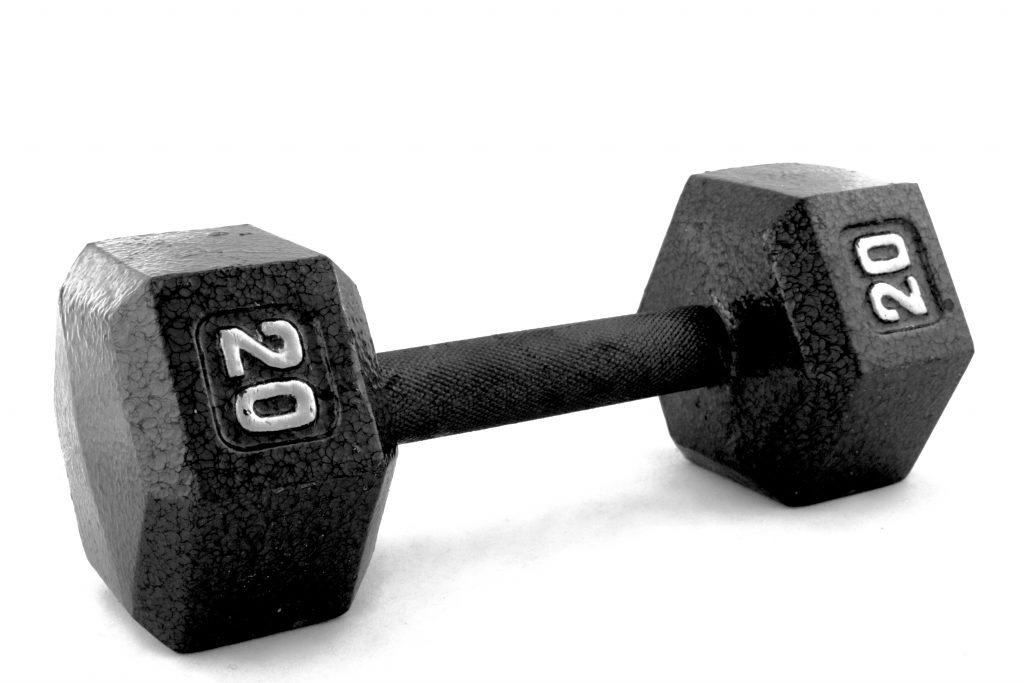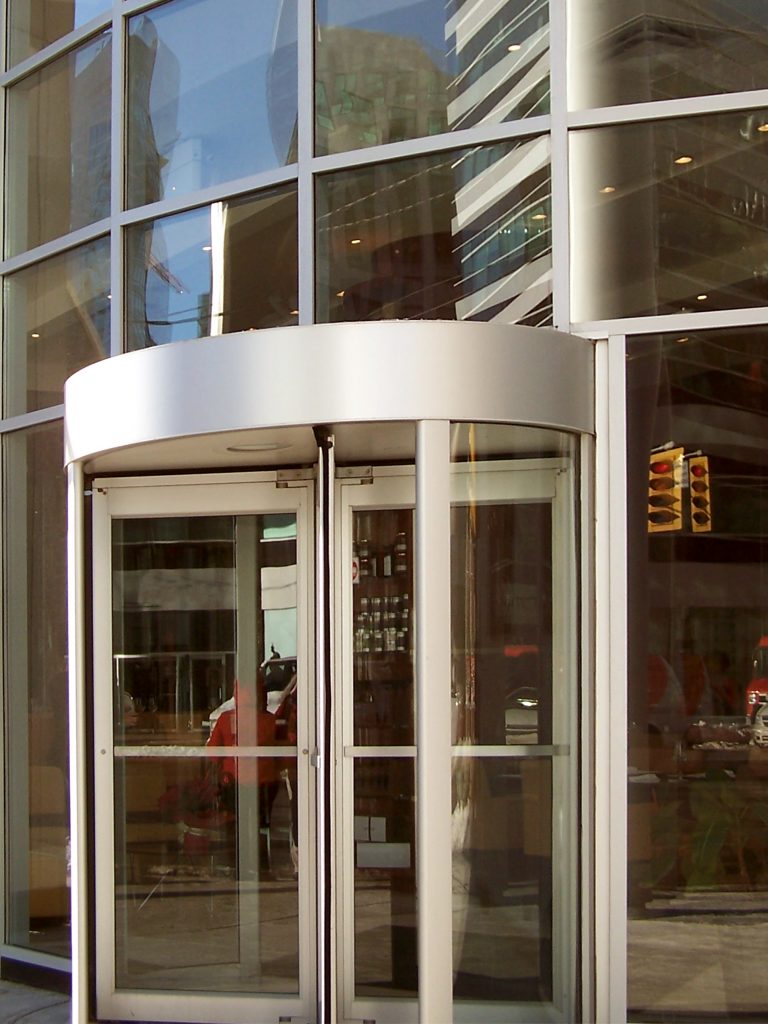 When a products-related injury occurs, multiple parties may be at fault. In litigating personal injury claims, among the most important legal questions, are whom may the plaintiff recover from, if anyone, and under what theory of liability. The following case provides a good discussion of some typical theories of liability involved in products-related injury cases.
When a products-related injury occurs, multiple parties may be at fault. In litigating personal injury claims, among the most important legal questions, are whom may the plaintiff recover from, if anyone, and under what theory of liability. The following case provides a good discussion of some typical theories of liability involved in products-related injury cases.
In 2013, Russell Maricle was involved in a serious car accident that resulted in him needing to use a wheelchair. Mr. Maricle’s bad fortune continued after the accident one day as he rolled up a wheelchair ramp. The fabric on the back of his wheelchair ripped causing Mr. Maricle to fall out of his chair and re-injure his neck. Mr. Maricle rented his wheelchair from Axis Medical and Fitness Equipment, L.L.C. (Axis) in Alexandria, Louisiana. The wheelchair was manufactured by Dalton Medical Corporation and Dalton Instrument Corporation (Dalton).
Mr. Maricle filed a lawsuit against Dalton and Axis, alleging that the wheelchair produced by Dalton was defective and that Axis was negligent in failing to inspect it before renting it to him. These are two separate legal theories. Mr. Maricle’s claim against Dalton is a products liability claim. The Louisiana Products Liability Act (LPLA) sets out the exclusive products liability theories against manufacturers caused by their products. La. R.S. 9:2800.52. Under the LPLA, a manufacturer of a product is liable for damages foreseeably caused by a defect in the product which renders it unreasonably dangerous. The damage suffered by the claimant must arise from “reasonably anticipated use” of the product by the claimant or someone else. A product can be considered unreasonably dangerous for purposes of liability in four ways: (1) construction or composition; (2) design; (3) inadequate warning; or (4) nonconformity to an express warrantee.
 Louisiana Personal Injury Lawyer Blog
Louisiana Personal Injury Lawyer Blog


 We live in an age in which modern medicine can do wonders for people suffering from various illnesses and conditions. These drugs are designed to provide patients with the ability to live healthy and fulfilling lives. However, there are always side effects to consider when taking any drug. Each patient should discuss these possibilities with their doctor and make an educated decision whether to take the drugs or not. Even after this “due diligence” there can still be unintended consequences from certain drugs. Through no fault of their own, after having weighed the decision and exploring all of their options, patients may find themselves in much worse condition than what they were in before taking the drug. In cases such as these, a good products liability attorney is essential to securing the relief you’re entitled to.
We live in an age in which modern medicine can do wonders for people suffering from various illnesses and conditions. These drugs are designed to provide patients with the ability to live healthy and fulfilling lives. However, there are always side effects to consider when taking any drug. Each patient should discuss these possibilities with their doctor and make an educated decision whether to take the drugs or not. Even after this “due diligence” there can still be unintended consequences from certain drugs. Through no fault of their own, after having weighed the decision and exploring all of their options, patients may find themselves in much worse condition than what they were in before taking the drug. In cases such as these, a good products liability attorney is essential to securing the relief you’re entitled to.

 Some forms of business entities protect their members from certain liabilities and legal actions that might be taken against them. One of these forms is a limited liability company. The Louisiana Third Circuit Court of Appeals recently decided that the protection afforded under this form of company was enough to protect the defendant from going forward to full trial.
Some forms of business entities protect their members from certain liabilities and legal actions that might be taken against them. One of these forms is a limited liability company. The Louisiana Third Circuit Court of Appeals recently decided that the protection afforded under this form of company was enough to protect the defendant from going forward to full trial.
 When a person is harmed or comes across what that person sees as an injustice, that person may feel that the only way out is through the courts. However, someone seeking help in the courts must be sure that the problem is one that a court can help. An injunction is a method by which someone can ask a court to order a person or company to either do something or stop doing something. Usually it is required in Louisiana that the party requesting an injunction be at risk of irreparable harm or harm that cannot be undone by the payment of money. This does not apply, though, if the action to be stopped is illegal to begin with.
When a person is harmed or comes across what that person sees as an injustice, that person may feel that the only way out is through the courts. However, someone seeking help in the courts must be sure that the problem is one that a court can help. An injunction is a method by which someone can ask a court to order a person or company to either do something or stop doing something. Usually it is required in Louisiana that the party requesting an injunction be at risk of irreparable harm or harm that cannot be undone by the payment of money. This does not apply, though, if the action to be stopped is illegal to begin with.